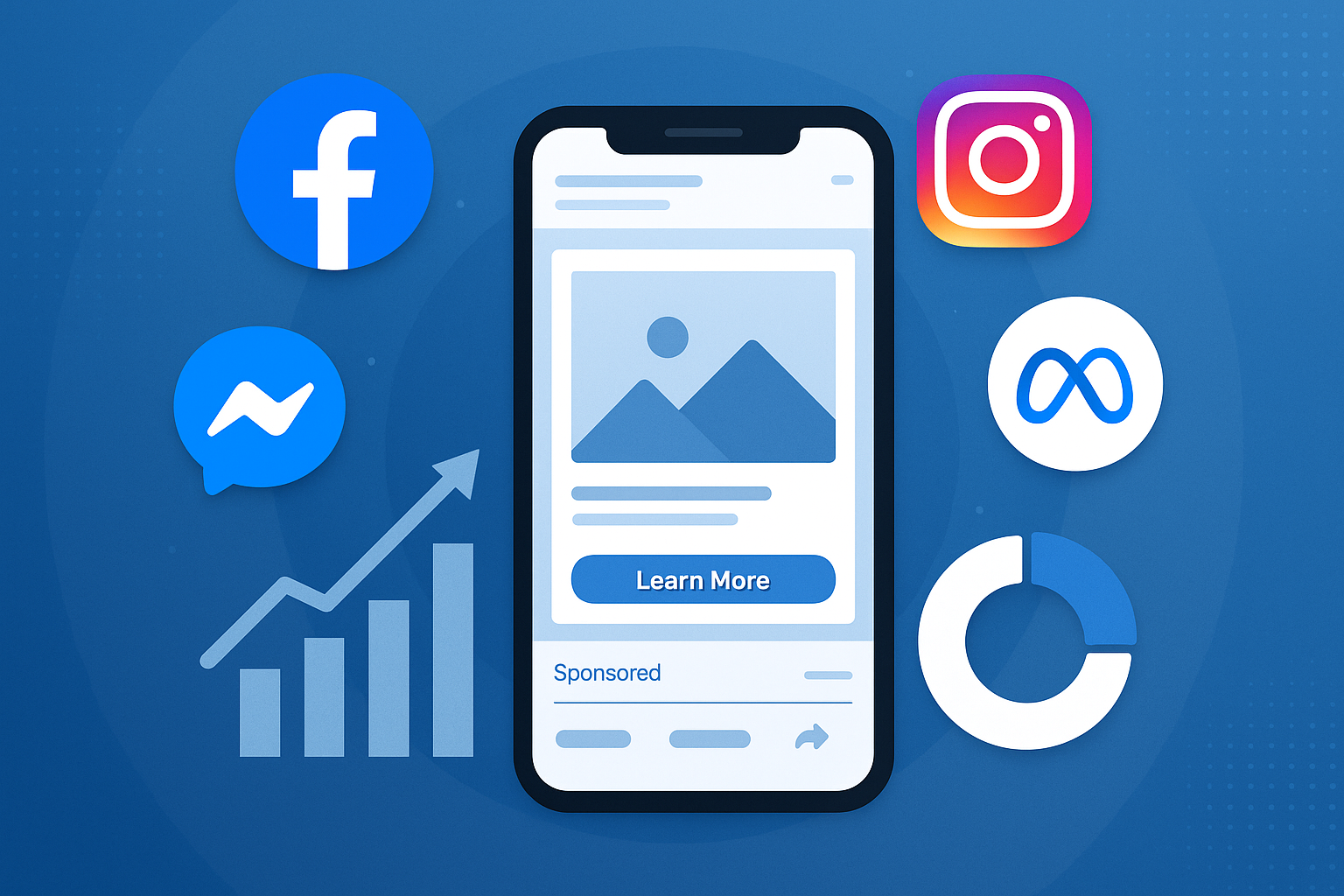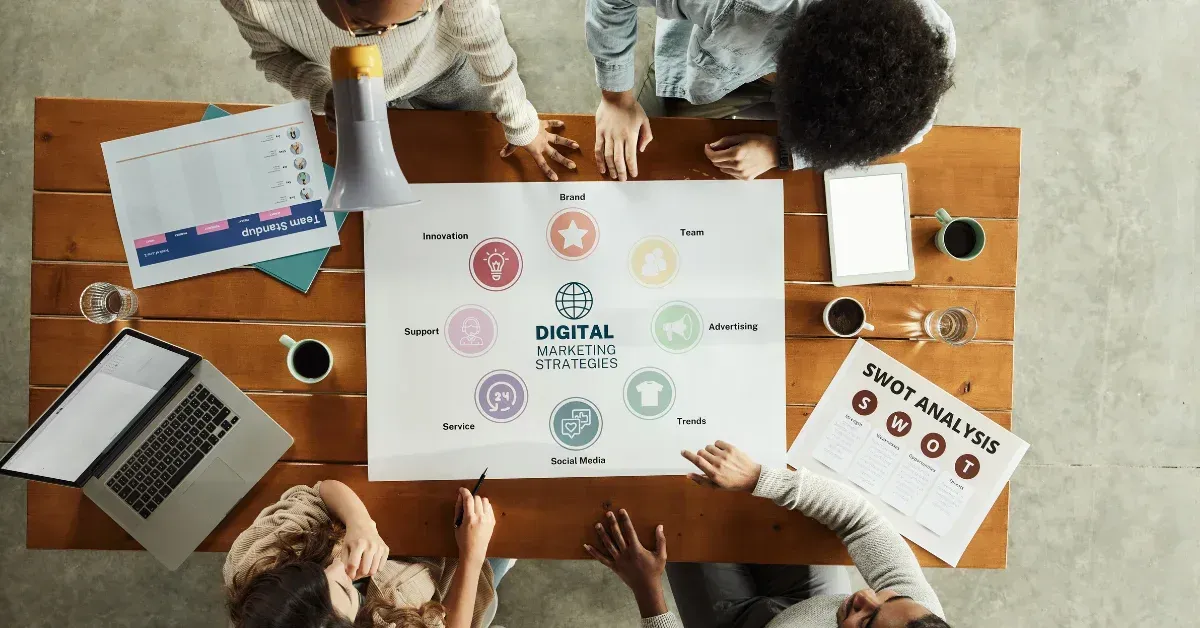Mastering Local SEO: A Guide for Knoxville Businesses
For small businesses in Knoxville, visibility isn't just about having a website—it's about ensuring your business is easily found by local customers. Whether you’re a boutique retailer in Market Square, a contractor in Bearden, or a restaurant near the University of Tennessee, mastering local SEO strategies in Knoxville can be the difference between steady foot traffic and being overlooked online.
This guide walks you through comprehensive, actionable local SEO strategies tailored specifically to Knoxville’s unique business landscape.
Why Local SEO Matters for Knoxville Businesses
Local SEO ensures that your business ranks in search results for Knoxville-based queries, such as “plumber near me” or “best bakery in Knoxville.” In today’s mobile-first environment, 76% of people who conduct a local search visit a business within 24 hours.
For businesses operating in the greater Knoxville area, investing in local search optimization helps you:
- Drive in-store visits and calls
- Improve online visibility in map packs
- Attract high-converting, intent-driven customers
- Compete against larger regional or national chains
Learn more about SEO solutions customized for local businesses.
Understanding Knoxville's Digital Landscape
Knoxville’s business ecosystem spans from corporate headquarters to artisanal startups. Here’s why local SEO in this market demands a tailored strategy:
- Diverse Neighborhoods: Strategies must target micro-areas like North Knoxville, Old City, and Cedar Bluff.
- Tourist & Student Populations: Seasonal influxes affect search intent.
- Mobile Search Dominance: Over 60% of Knoxville residents use mobile to find local services.
Localized SEO tactics help you remain competitive across this varied terrain.
Google My Business: Your Local SEO Foundation
A fully optimized Google My Business (GMB) profile is the bedrock of local SEO strategies in Knoxville. GMB is directly tied to Google’s local 3-pack, which shows the top three listings for location-based searches.
Benefits:
- Enhances local discoverability
- Increases customer trust
- Drives calls, visits, and reviews
Don’t underestimate the power of GMB—it’s often your first impression.
How to Optimize Your Google My Business Profile
1. Accurate NAP
Ensure your Name, Address, and Phone number (NAP) are identical across all directories and your website.
2. Choose the Right Categories
Use specific categories such as “Mexican restaurant” over generic terms like “restaurant.”
3. Add High-Quality Photos
Businesses with photos receive 42% more requests for directions and 35% more click-throughs.
4. Post Regular Updates
GMB allows you to post events, offers, or updates—ideal for Knoxville’s dynamic event calendar.
5. Enable Messaging
Allow potential customers to message you directly from search results.
Explore custom GMB strategies with Acorn to Oak.
The Power of Local Citations and NAP Consistency
Local citations are mentions of your business on directories like Yelp, YellowPages, or the Knoxville Chamber of Commerce.
Why They Matter:
- Validate your business to search engines
- Improve ranking in local pack results
- Drive referral traffic
Knoxville-Specific Directories to Consider:
- KnoxvilleChamber.com
- VisitKnoxville.com
- TennesseeDirectory.com
Ensure NAP consistency across all listings—discrepancies can hurt local rankings.
On-Page SEO for Local Businesses
Your website must reflect your local relevance. On-page optimizations include:
- Adding your business address in the footer
- Creating location-specific service pages (e.g., “Roofing Services in Knoxville”)
- Using geo-modified keywords like “Knoxville landscaping experts”
Need help implementing these strategies? Check out Acorn to Oak’s SEO services.
Hyperlocal Keyword Targeting
Move beyond broad terms. Use tools like Google’s Keyword Planner or Ubersuggest to identify terms like:
- “best dog groomer in Fountain City”
- “Knoxville TN wedding photographer”
Mobile Optimization for Local Searches
Google prioritizes mobile-friendly websites in local searches.
Mobile SEO Essentials:
- Fast load times (under 3 seconds)
- Click-to-call phone numbers
- Mobile-friendly booking or contact forms
- Responsive design that adapts to all screen sizes
Online Reviews and Reputation Management
Why It Matters:
- 88% of consumers trust online reviews as much as personal recommendations.
- Reviews influence both GMB rankings and conversions.
Tips:
- Ask for reviews after a successful sale or service
- Respond professionally to all feedback
- Highlight 5-star testimonials on your website
Use your GMB dashboard to monitor and manage reviews easily.
Localized Content Marketing
Create blog and social content around Knoxville-centric topics to build trust and authority.
Ideas:
- “Top 5 Family Activities in Knoxville This Summer”
- “Why Our Old City Location Makes Your Commute Easier”
- “How Knoxville Weather Impacts Roofing Choices”
This improves user engagement and drives organic traffic through relevant content.
Local Link Building Strategies
Building high-quality backlinks from local sources helps Google trust your site’s relevance to Knoxville.
Link Building Sources:
- Local news publications like Knox News
- Knoxville Chamber events or sponsorships
- Collaborations with local bloggers or influencers
Partnering with local nonprofits or events also boosts community goodwill.
Schema Markup for Local SEO
Schema helps search engines understand your content better.
Use LocalBusiness schema to add:
- Business name
- Address and contact details
- Opening hours
- Service area
Implement schema via plugins (like Yoast) or manual HTML updates for richer search results.
Tracking Your Local SEO Progress
It’s vital to measure the success of your local SEO efforts.
Key Tools:
- Google Search Console: Track keyword visibility and clicks
- Google Analytics: Analyze user behavior by location
- GMB Insights: Understand actions taken from your profile
- Rank Tracking Software: Monitor local keyword movements
Working with Acorn to Oak Strategies ensures access to data-driven insights and regular performance reporting.
Partnering with Knoxville SEO Experts
While DIY efforts can get you started, partnering with a Knoxville-based team like Acorn to Oak Strategies helps you:
- Implement advanced tactics
- Save time and focus on running your business
- Get access to premium SEO tools
- Stay updated on Google algorithm changes
Our team provides comprehensive local SEO services in Knoxville that are customized to your industry, audience, and goals.
Conclusion
Mastering local SEO strategies in Knoxville requires more than generic advice—it demands hyperlocal awareness, strategic execution, and consistent monitoring. Whether you're trying to attract foot traffic in the Old City or grow your online bookings in West Hills, Acorn to Oak Strategies can help elevate your digital presence.
By following the actionable tips in this guide—from optimizing Google My Business to building citations and publishing local content—you can significantly increase your visibility and outperform competitors in Knoxville’s dynamic local market.
FAQs
Q1: What are the best local SEO strategies for Knoxville businesses?
A: The most effective include optimizing Google My Business, building local citations, using hyperlocal keywords, gathering customer reviews, and creating Knoxville-centric content.
Q2: How often should I update my GMB profile?
A: Regular updates—at least once a week—help maintain visibility and customer engagement.
Q3: What are local citations?
A: Mentions of your business's NAP (name, address, phone) on directories, websites, and listings. Consistency improves your local SEO.
Q4: Why is mobile optimization important for Knoxville businesses?
A: A large portion of local searches happen on mobile devices. If your site isn’t mobile-friendly, users may bounce—hurting your ranking and conversions.
Q5: How can Acorn to Oak Strategies help with local SEO?
A: We offer custom local SEO services in Knoxville, from GMB optimization to localized content strategy, helping you grow organically in your target neighborhoods.
Ready to work with Acorn to Oak Strategies?
Let's connect! We’re here to help.
Send us a message and we’ll be in touch.
Or give us a call today at 865-226-9446
Agency Contact Form
More Marketing Tips, Tricks & Tools
The AOS Blog











